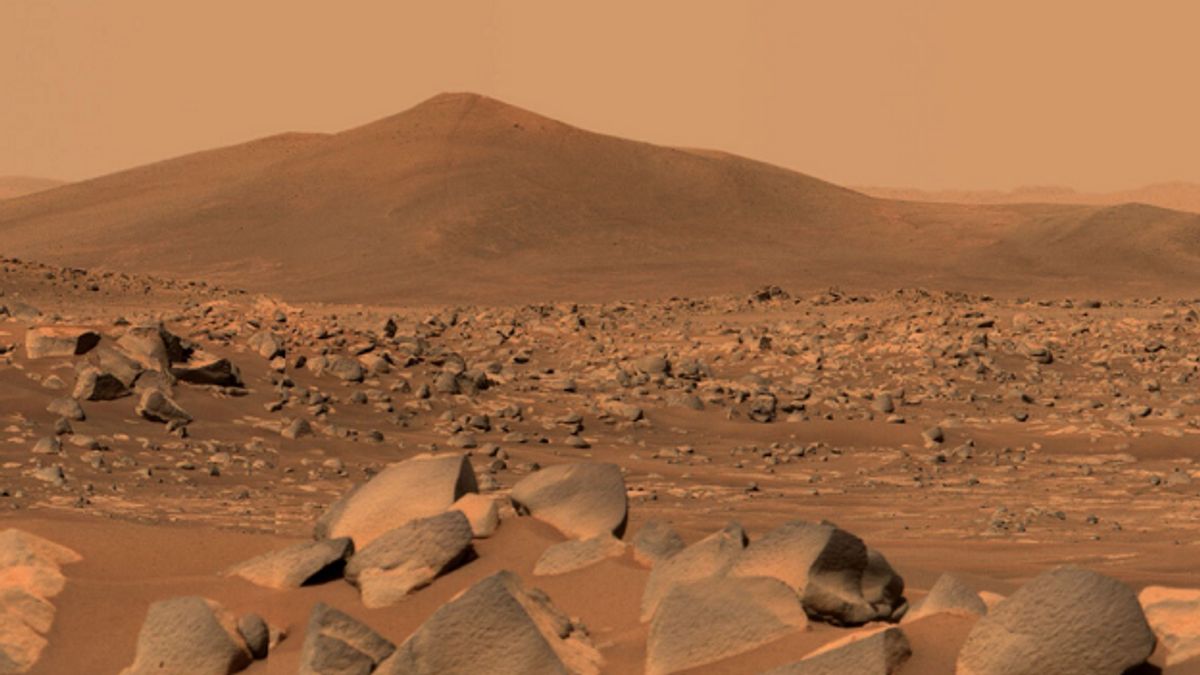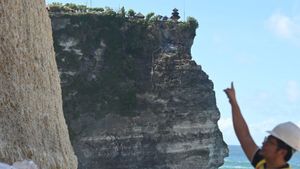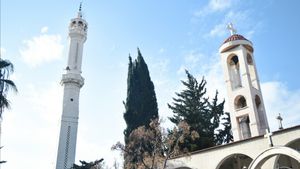JAKARTA - Intrigued by how detailed Mars is? Don't worry, we don't have to fly there. NASA has just launched an interactive map of Mars that can clearly see the planet's surface.
At five meters per pixel resolution, the new Global CTX Mosaic of Mars map offers twenty times the image quality of previous global Mars maps, taking six years and tens of thousands of hours to develop.
The 110,000 images used to generate the map were taken by the Context Camera (CTX) aboard NASA's Mars Reconnaissance Orbiter (MRO), which has been orbiting the Red Planet since 2006.
The map, created at Caltech's Bruce Murray Laboratory, displays about 99.5 percent of the Martian surface, between 88 degrees North and 88 degrees South, with the remaining half percent missing because the MRO has not taken a shot of an area or the image quality is not high enough.
Most of the mosaics are combined using a feature-matching algorithm that uses non-destructive processing to combine images without success.
اقرأ أيضا:
"I wanted something accessible to everyone. Schoolkids can use this now. My mother who is only 78 years old can use this now. The goal is to lower the barrier for people interested in exploring Mars," said the processing scientist image who led the project and managed Caltech's Bruce Murray Laboratory, Jay Dickson.
However, the algorithm cannot do everything by itself. Dickson and his team spent three years stitching 13,000 images together by hand because the clouds and dust storms in the images couldn't match properly.
Some interesting geographical features of Mars are marked with shortcuts at the bottom of the map, users can visit Olympus Mons, dust-storing Medusae Fossae, or potential future landing sites of Terra Sirenum.
For those who enjoy watching NASA's Mars rover fleet, Perseverance, Spirit, Opportunity, and Curiosity are all highlighted as well, with their daily routes tracked on a map so users can see how far apart they are from each other, and how small the surface of Mars they actually are already. explore.
For information, CTX is one of three cameras in MRO, which was developed by NASA's Jet Propulsion Laboratory in Southern California.
One such camera, High-Resolution Imaging Science Experiment (HiRISE) provides color images of surface features as small as a dining room table.
In contrast, CTX provides a wider view of the field around these features, helping scientists understand their relationships. Its ability to capture wider landscapes makes the CTX especially useful for finding impact craters on the surface.
The third camera, the Mars Color Imager (MARCI), led by the same team that operates CTX, produces a daily global map of the Martian weather at a much lower spatial resolution, as quoted from Metro, Thursday, April 13.
Since arriving on Mars, MRO has photographed nearly all of the Red Planet, making its images the optimal starting point for scientists as they build maps.
The English, Chinese, Japanese, Arabic, and French versions are automatically generated by the AI. So there may still be inaccuracies in translating, please always see Indonesian as our main language. (system supported by DigitalSiber.id)


















